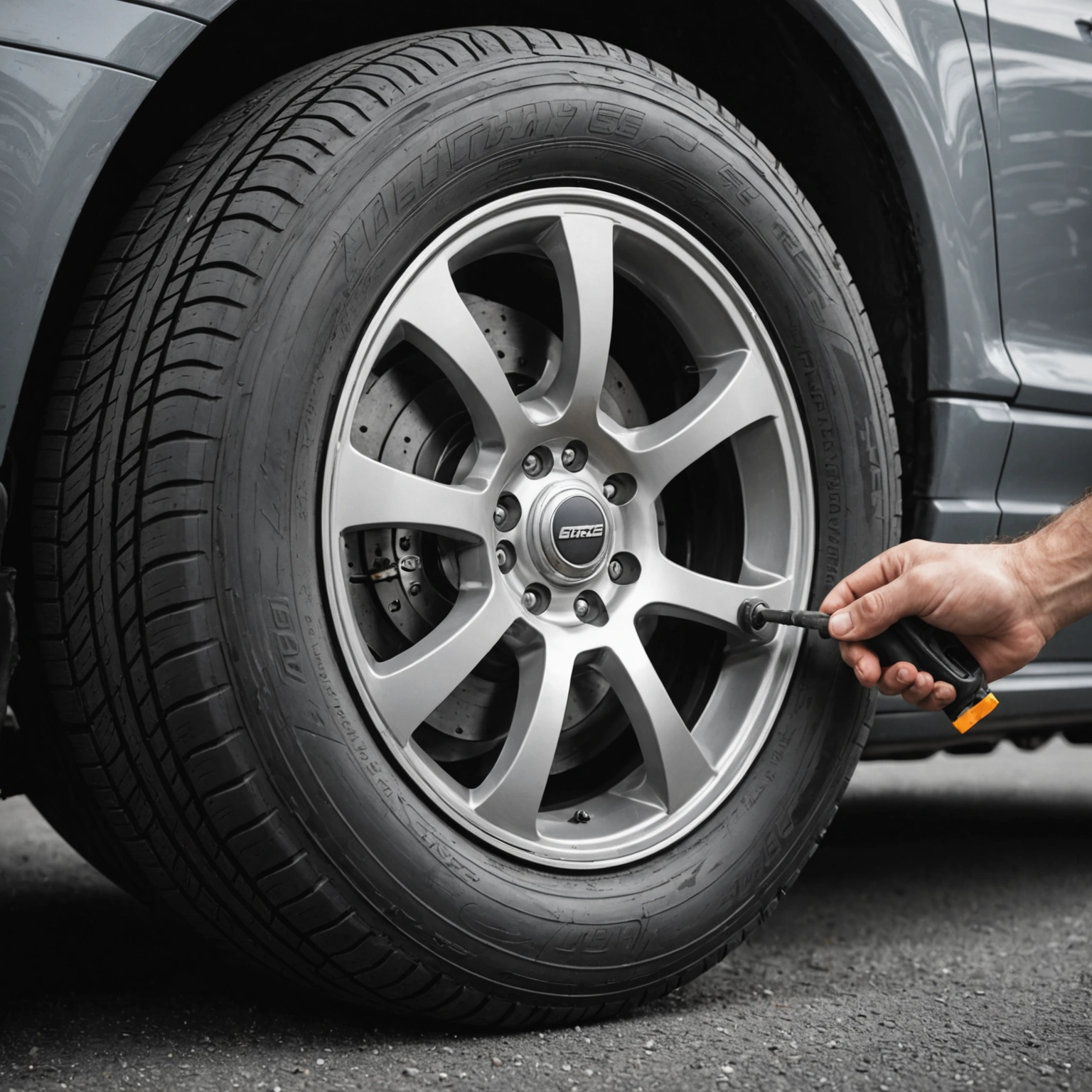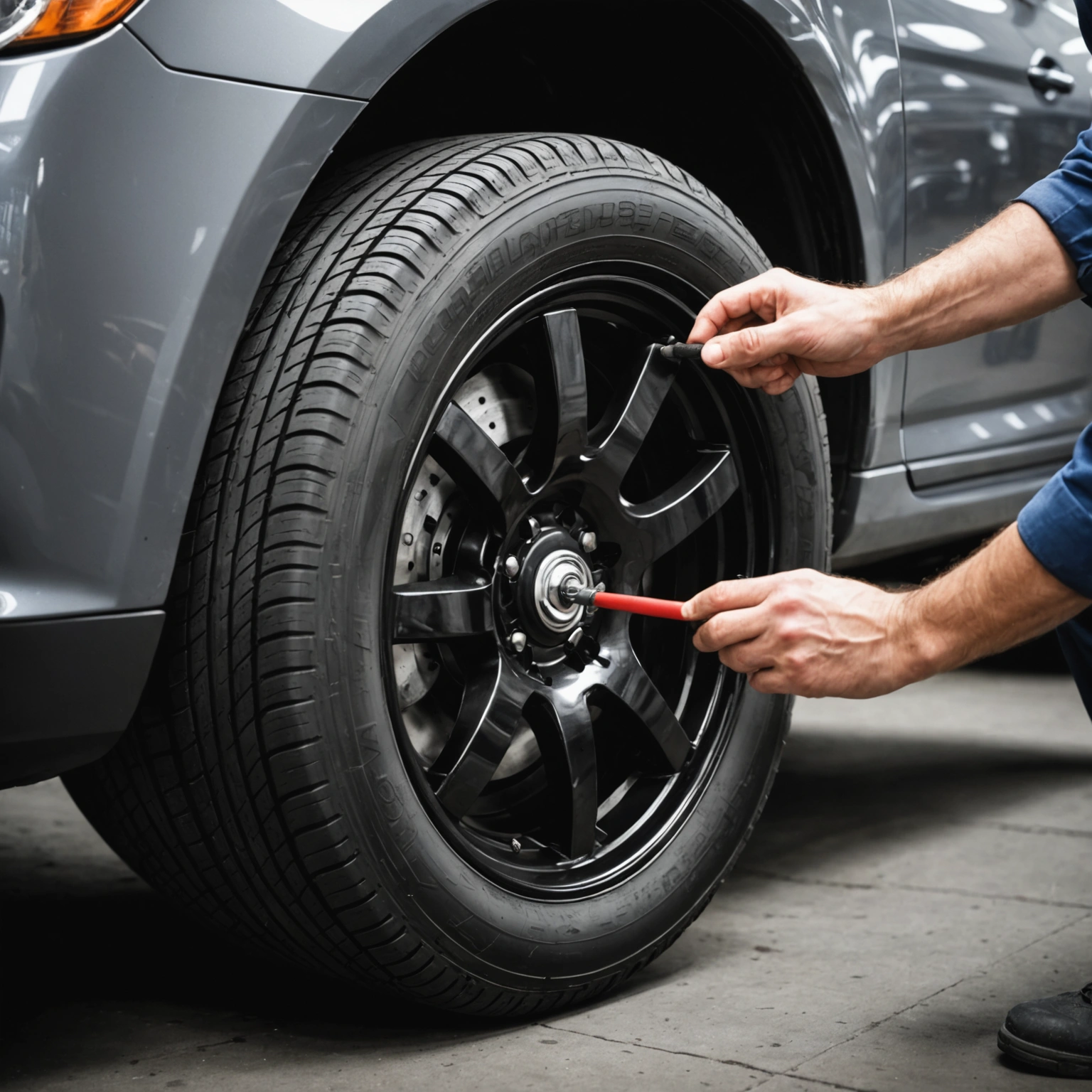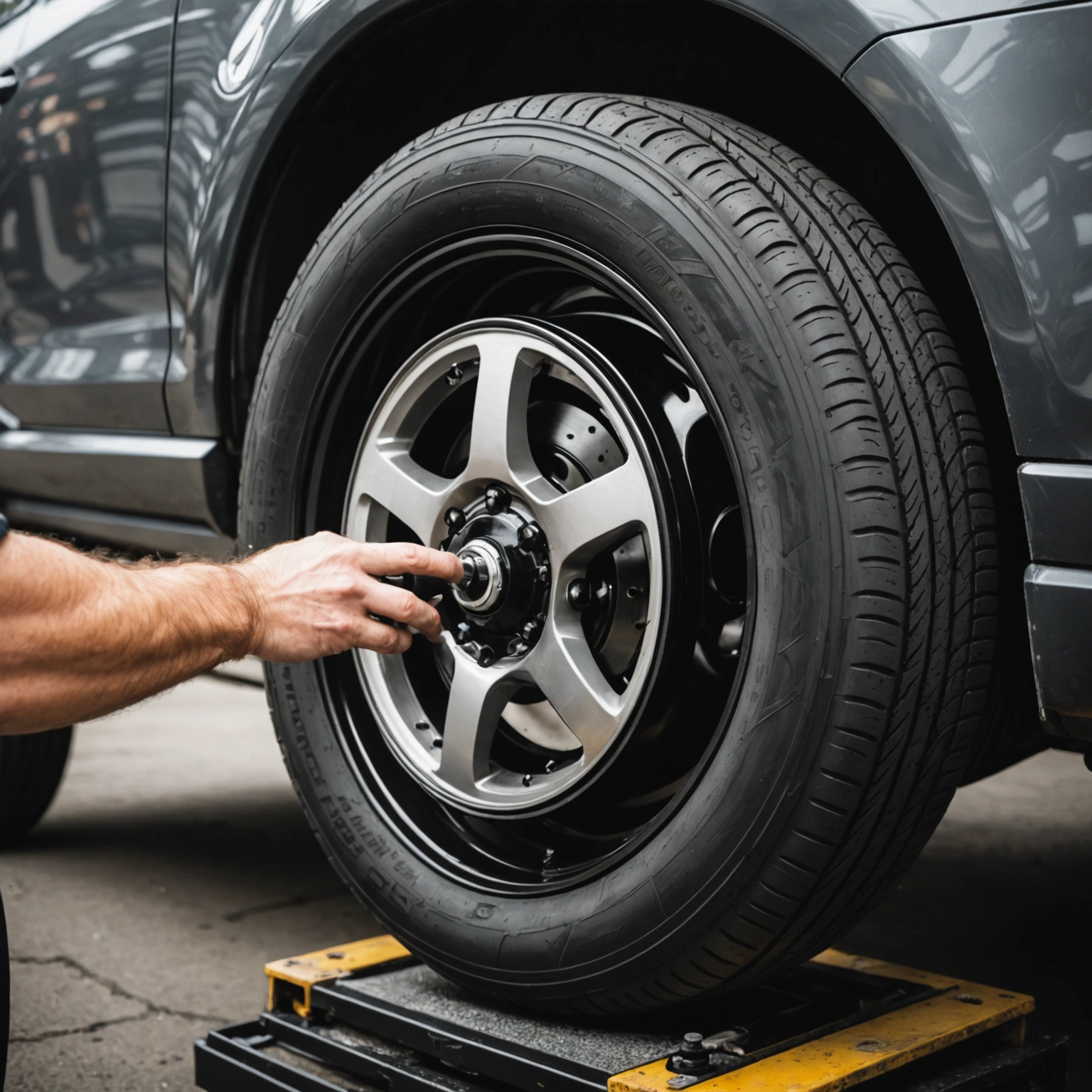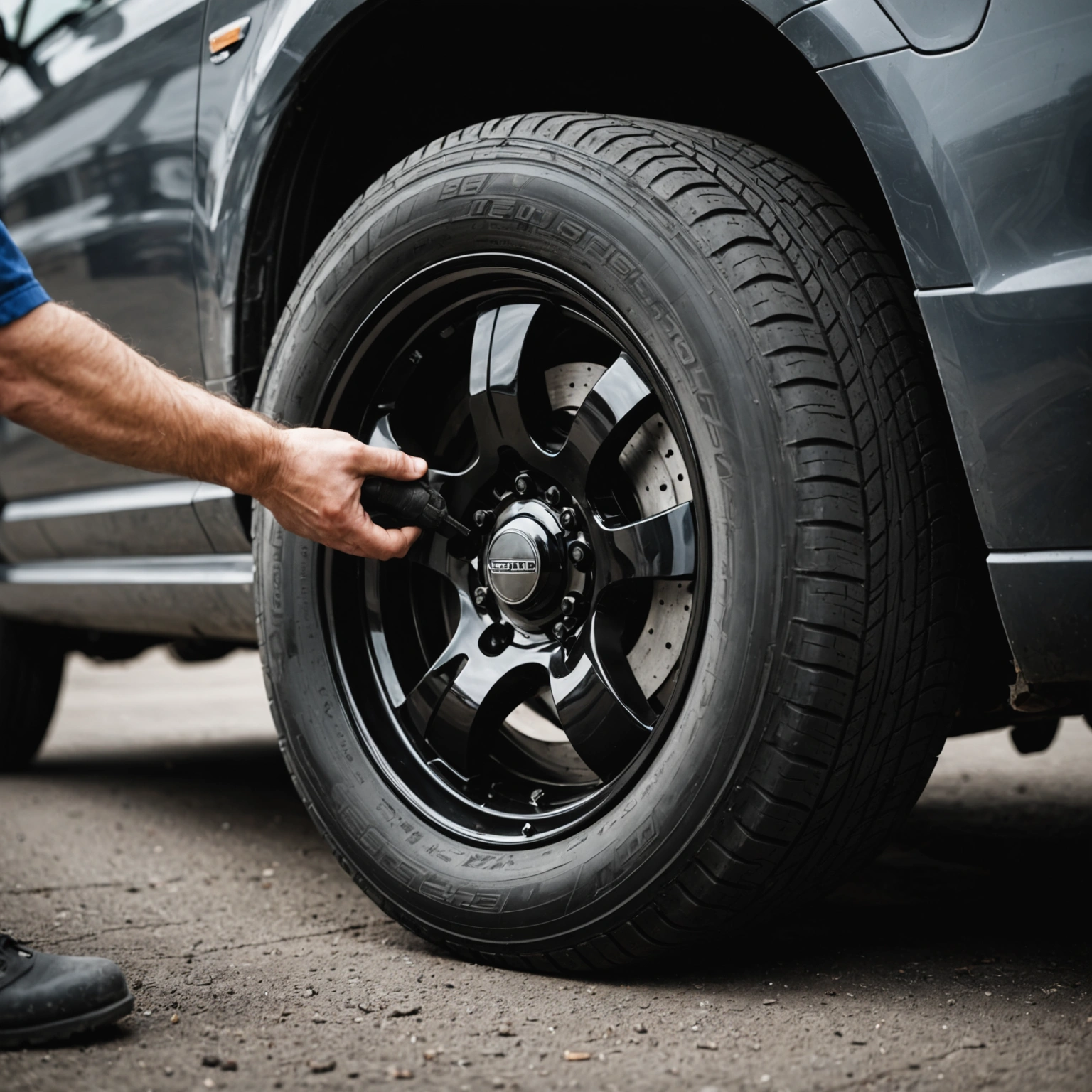**Understanding How Tire Balancing Works: A Guide for Vehicle Owners**
When it comes to maintaining your vehicle’s performance and safety, tire balancing is often an overlooked but essential service. Properly balanced tires contribute to a smoother ride, better handling, and prolonged tire life. But how exactly does tire balancing work? Let’s break it down.

### What Is Tire Balancing?
Tire balancing is the process of equalizing the weight distribution around a tire and wheel assembly. When a tire is balanced correctly, it rotates smoothly at all speeds, reducing vibrations and uneven wear.

### Why Is Tire Balancing Important?
– **Comfort:** Unbalanced tires can cause vibrations felt through the steering wheel or seat.

– **Safety:** Excess vibrations can lead to steering issues and uneven tire wear, increasing the risk of blowouts.
– **Tire Longevity:** Proper balance prevents uneven tread wear, extending the life of your tires.

– **Vehicle Performance:** Maintains optimal handling and fuel efficiency.
### How Does Tire Balancing Work?
1. **Initial Inspection:**
The technician inspects the tire and wheel for damage, deformities, or irregular wear patterns that might affect balance.
2. **Mounting on the Balancer:**
The wheel and tire are mounted onto a specialized balancing machine, which spins the assembly at high speed.
3. **Measurement of Imbalance:**
As the wheel spins, sensors detect vibrations caused by uneven weight distribution. The machine’s computer analyzes these vibrations to determine where and how much weight needs to be added or removed.
4. **Applying Weights:**
Based on the machine’s readings, small balancing weights (usually made of metal or adhesive-backed) are attached to specific locations on the wheel rim to counteract the uneven weight.
5. **Rechecking:**
The wheel is spun again to confirm that the vibrations have been minimized. Additional adjustments are made if necessary.
### Types of Balancing Weights
– **Clip-On Weights:**
Attached to the edge of the rim, these are common for steel wheels.
– **Adhesive Weights:**
Stick-on weights placed on the inside of alloy wheels to keep the outside surface smooth.
### When Should You Balance Your Tires?
– During new tire installation
– When rotating tires
– After hitting a pothole or curb
– If you notice vibrations or uneven tire wear
– Periodically as part of regular vehicle maintenance
### Final Thoughts
Tire balancing is a straightforward process that significantly enhances your driving experience and safety. Regular balancing, combined with proper wheel alignment and tire maintenance, ensures your vehicle performs at its best on the road.
If you experience vibrations or irregular tire wear, don’t hesitate to visit your trusted mechanic or tire specialist. Keeping your tires balanced is a simple step that pays off in comfort, safety, and savings.

